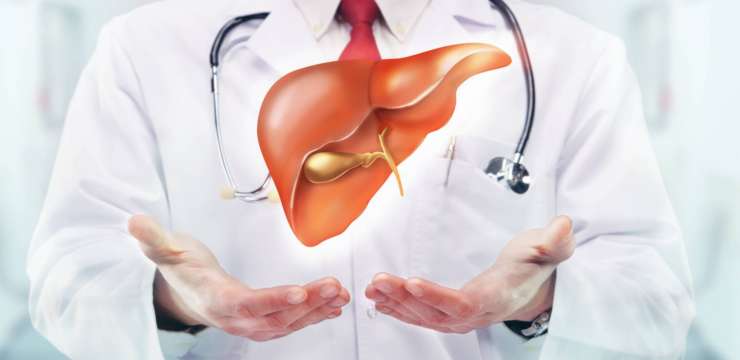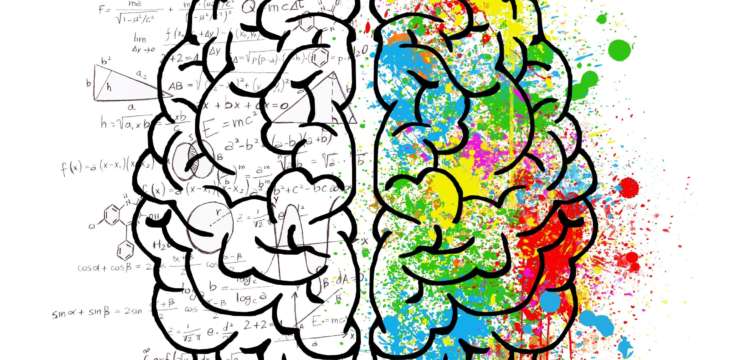many people suffer from the occasional racing heart, pounding heart, skipping a beat, flipping, and irregular tones. More often than not, these symptoms have specifics that make them better or worse.
Dr. Heather Wolfson and Dr. Jack Wolfson found that when they combine appropriate nutrition, many of these symptoms disappear. Food is one of the best medicines there is. Properly fueling the body shows a dramatic difference in health. For example, vegetables are loaded with rich vitamins and minerals that replace many deficiencies that are a leading cause for these irregular heart rhythms. Free-range meats and fish have omega-3s while eggs contain choline and healthy fats.Â
















